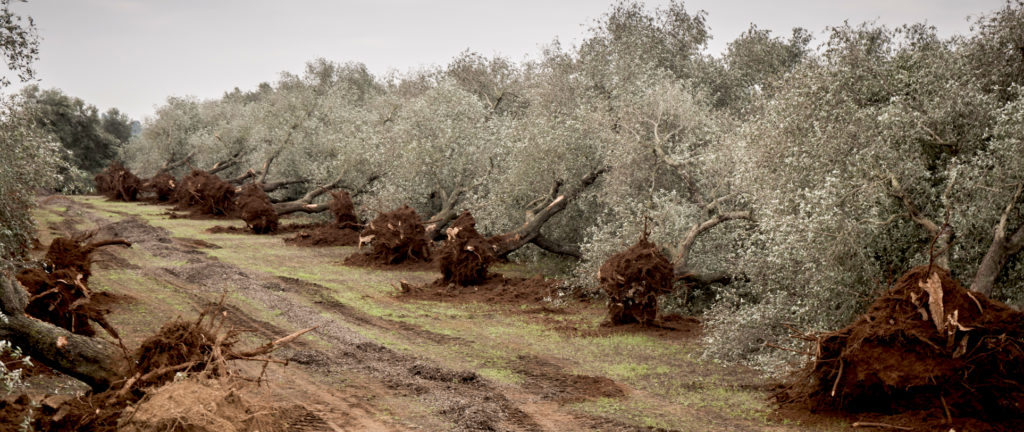On the trail of Sudden Oak Death
Phytophthora ramorum is a silent killer that burrows through the bark of its victim to feed on the nutrient-rich cambium. Californians may recognize P. ramorum as the pathogen responsible for Sudden Oak Death, the forest disease that has spread to 14 coastal counties and killed more than 1 million oaks since it was first reported in 1994. The pathogen also infects, but does not usually kill, other species, including rhododendron, redwood, and bay laurel.
Adjunct Professor Matteo Garbelotto, along with a UC Davis colleague, was the first to identify P. ramorum back in 2000. Now he has retraced the course of the epidemic—a difficult task because trees can be infected for years without showing any outward signs of disease. However, because the pathogen evolves as it spreads, Garbelotto and his team have been able to use genetic analysis to follow its progress.
They compared some 300 genetic samples from infected nurseries and forest sites, and determined that P. ramorum made its first appearance in California forests at two separate sites: Mount Tamalpais, in Marin County, and Scotts Valley, in Santa Cruz County. These strains were also a perfect match for strains found in nurseries around that time, lending evidence to the theory that P. ramorum entered California via the nursery trade.
From Marin and Santa Cruz, P. ramorum then leapt to Sonoma and Big Sur, places too far apart for it to have been dispersed by winds. Garbelotto’s study found that, left alone, P. ramorum can spread up to three miles in rainy years. Therefore, says Garbelotto, “We know that humans were involved in the movement of the pathogen.” This is a major development in helping to control new outbreaks.
The state is now trying to halt P. ramorum‘s advance. New regulations monitor and restrict the sale of plants from infected counties, and a system has been established to map new and recurring cases. Despite his own strides in understanding the enemy, Garbelotto is a realist: “Historically,” he says, “nobody in the world has ever been able to get rid of a forest disease. So we have to be able to coexist with it.”




















